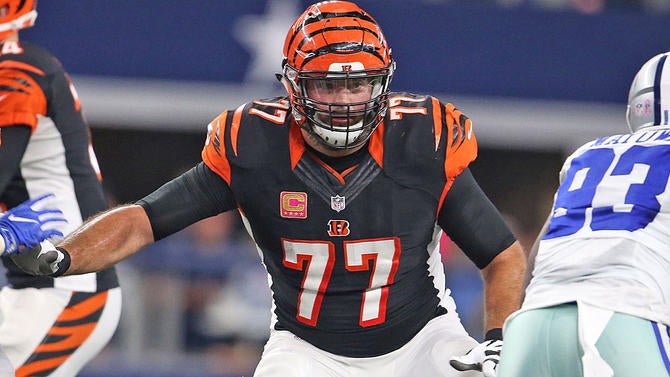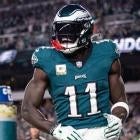NFL teams collectively having slightly more than $1.1 billion of salary cap space at their disposal was responsible for a spending spree when free agency started March 9. With the first wave over, teams will began to exercise more fiscal restraint and start signing players at a much better value. Linebacker Dont’a Hightower, among the consensus best players available at the start of free agency, remains unsigned.
The NFL’s annual owners meeting, which is March 26-29 in Phoenix, Arizona, typically signifies the end of free agency for all practical purposes. Teams will devote most of their attention to the upcoming NFL Draft held April 27-29 after the meeting wraps up.
Here are 10 contract-related thoughts and observations since the start of free agency.
1. Cleveland’s creativity
The Browns made the most unexpected move of the offseason in bringing an NBA approach to the NFL by taking free-agent bust quarterback Brock Osweiler’s $16 million fully guaranteed 2017 base salary off the Texans’ hands without any intention of keeping him. The Texans had to give the Browns, who place a premium on draft capital, their 2018 second-round pick and a 2017 sixth-round pick. The Texans acquired a 2017 fourth-round from the Browns in the process.
The Browns have 11 selections in each of the next two drafts, including three second round picks in 2018.
Although the Patriots have declared backup quarterback Jimmy Garoppolo off limits, the Browns have the ammunition to make New England an offer it can’t refuse. The Browns are having a difficult time getting something in return for Osweiler from another team despite a willingness to eat a significant portion of his salary as a part of a deal. The expectation is Cleveland will release Osweiler if he can’t be dealt. The Browns could do this because they began free agency with slightly over $100 million of cap space, which is almost unheard of.
Cleveland’s move is unlikely to start an NFL trend because most teams aren’t in a salary-cap position to absorb an exorbitant salary for a player that has little to no value to them.
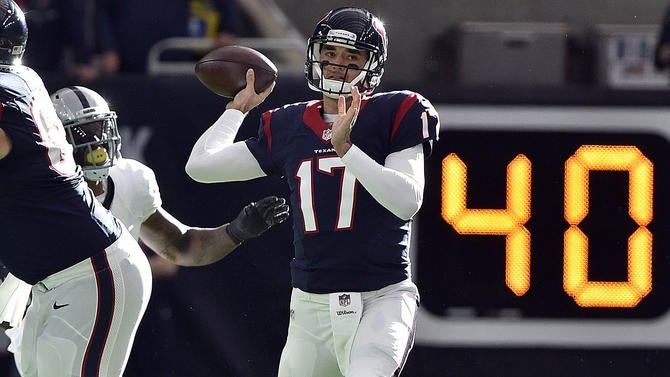
2. If at first you don’t succeed, try, try again
The Jaguars have been one of the NFL’s most aggressive teams in free agency over the past three years, doling out almost $500 million in contracts with very little to show for it. Their 11 wins are the fewest in the NFL during this span.
Jacksonville’s free-agency futility hasn’t been a deterrent to more spending.
Cornerback A.J. Bouye left the AFC South rival Texans for $65 million over five years with $26 million fully guaranteed at signing. Defensive lineman Calais Campbell came in after spending his entire nine-year career with the Cardinals. His four-year, $60 million deal has $30 million fully guaranteed at signing. Safety Barry Church landed a four-year, $26 million contract.
If Jacksonville’s latest free-agency signings don’t help the Jaguars finally move out of the top five of the NFL Draft for the first time since 2011, it should be time to take a different approach to building the roster.

3. Bill Belichick’s brilliance
At times, it seems as if Patriots head coach Bill Belichick is playing chess while other teams are playing checkers. The Patriots won Super Bowl LI despite dealing their best pass rusher, Chandler Jones, to the Cardinals last offseason and their most versatile defender, Jamie Collins, to the Browns right before the trading deadline.
New England isn’t standing pat in its quest to repeat as Super Bowl champion. The Patriots acquired wide receiver Brandin Cooks and a 2017 fourth-round pick from the Saints for New England’s 2017 first-round pick (32nd overall) and a 2017 third-round pick to give the Patriots their best deep threat since Randy Moss a decade ago.
The loss of tight end Martellus Bennett to free agency was somewhat offset by the acquisition of Dwayne Allen and a 2017 sixth-round pick from the Colts for a 2017 fourth-round pick. Getting defensive end Kony Ealy, who had a disappointing 2016 season after a three-sack performance in Super Bowl 50, from the Panthers only cost the Patriots eight spots in the NFL Draft -- from the bottom of the second round to the early part of the third round. Ealy is an extremely cost-effective replacement for Jabaal Sheard, who received a three-year, $25.5 million contract from the Colts. Ealy is making approximately $900,000 in 2017, the final year of his rookie contract.
Belichick made a rare high-priced free-agent signing by landing cornerback Stephon Gilmore from the Bills, a division rival, with a five-year, $65 million contract containing $40 million in guarantees. Patience with inside linebacker Dont’a Hightower could result in him returning to the Patriots for less than the $12.5 million per year and $26.4 million guaranteed Collins got from Cleveland because of a softer than anticipated market.
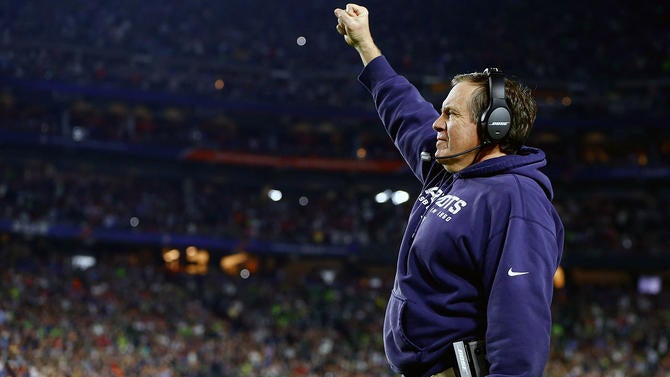
4. Soft running back market
Running backs were hot commodities early in free agency last year. Doug Martin re-signed with the Buccaneers for $35.75 million (worth up to $42,937,500 with salary escalators and incentives) over five years with $15 million fully guaranteed. Chris Ivory and Lamar Miller signed long-term deals with the Jaguars and Texans averaging in excess of $6.25 million per year.
The exact opposite has occurred this year.
The top available ball carriers (LeGarrette Blount, Jamaal Charles, Eddie Lacy, Latavius Murray and Adrian Peterson) are still on the open market. Peterson in particular appears to be in for a rude awakening financially because of the recent history for high-mileage, older running backs. After setting the running back market for the past several years on a deal with the Vikings averaging more than $14 million per year, the soon-to-be 32-year-old’s compensation might be comparable to the $4 million per year Frank Gore and Steven Jackson received as free agents in recent years.
Fullback Kyle Juszczyk is making out like a bandit. He reportedly received an eye popping four-year, $21 million deal from the 49ers, averaging more than twice as much as the NFL’s next highest-paid fullback. It was inconceivable that Juszczyk could land a deal averaging more than Peterson a week ago but that is now a distinct possibility.

5. Who needs an agent?
Russell Okung’s second foray into self-representation went much better than his first one.
Last year, Okung didn’t sign with the Broncos until the second week of free agency after all of the most lucrative contracts had been given out. Okung took a one-year deal for $5 million with another $3 million in incentives, which were earned, giving the Broncos an option for an additional four years worth $48 million. Denver refused to pick up the option for the 2017-20 seasons.
Surprisingly, Okung was able to replace the option and then some. The Chargers gave Okung a four-year, $53 million contract containing $25 million fully guaranteed at signing. The deal makes Okung the NFL’s highest-paid offensive lineman with a $13.25 million average yearly salary.

6. It starts in the trenches
Offensive linemen have been the biggest beneficiaries of the free-agency spending spree. This might be partially because college spread offenses aren’t conducive to producing NFL-ready lineman.
Kevin Zeitler established a new salary benchmark for guards. The five-year, $60 million contract he received from the Browns has $31.5 million of guarantees. Ricky Wagner became the first pure right tackle to eclipse the $7 million-per-year mark. His five-year, $47.5 million contract with the Lions has $29.5 million of guarantees. Age didn’t prevent the Rams from giving Andrew Whitworth a three-year, $33.75 million deal (worth up to $36 million with incentives).
The free-agent riches aren’t reserved just for top-flight lineman. In addition to the Chargers making Okung the NFL’s highest-paid offensive lineman by average yearly salary, Matt Kalil landed a five-year, $55.5 million deal from the Panthers after missing most of the 2016 season because of a hip problem. The Lions moved Riley Reiff out of the left tackle spot he occupied since being drafted in 2012 for 2016 first-round pick Taylor Decker. After a season at right tackle, the Vikings gave Reiff a five-year, $58.75 million contract with $26.3 million fully guaranteed to return to the left side. Ronald Leary took advantage of La’el Collins being sidelined most of last season with a foot injury. He received a four-year, $36 million deal from the Broncos with $24 million in guarantees.
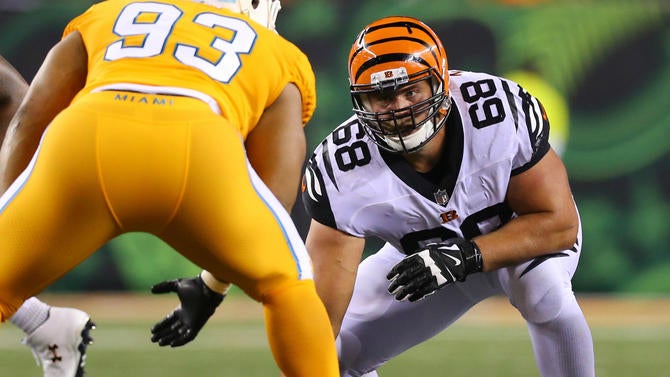
7. Familiarity often brings comfort
A strong tie or positive experience between a player and coach or team executive has led to several reunions this offseason. Most notably, the Browns weakened the in-state rival Bengals by having head coach Hue Jackson reunite with right guard Kevin Zeitler. Jackson was Zeitler’s offensive coordinator in 2014 and ‘15.
The Lions upgraded at right tackle with Ricky Wagner. Head coach Jim Caldwell was the former Raven’s offensive coordinator during his 2013 rookie season. Right guard Larry Warford, who had quarterbacks coach Joe Lombardi as his offensive coordinator with the Lions in 2014 and part of ‘15, brings youthful experience to the Saints’ offensive line. Titans general manager Jon Robinson tapped his Patriots roots to sign cornerback Logan Ryan.
The Eagles’ director of pro scouting, Dwayne Joseph, was a front office executive with the Bears during 2012 second-round pick Alshon Jeffery’s four-year rookie contract. Newly hired wide receivers coach Mike Groh served in that same capacity with the Bears during Jeffery’s second through fourth NFL seasons.
San Francisco coach Kyle Shanahan went with a quarterback, Brian Hoyer, that knows his system. Hoyer ran Shanahan’s system during his lone season as Browns offensive coordinator in 2014. Wide receiver Pierre Garcon’s experience with Shanahan’s offense should pay dividends. He had 113 receptions and 1,346 receiving yards, both career bests, for the Redskins in 2013 with Shanahan as his offensive coordinator.
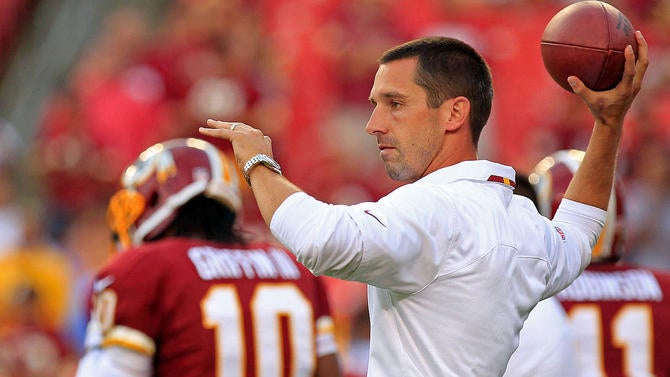
8. Kam Chancellor crankiness?
Kam Chancellor engaged in an ill-advised holdout in 2015 lasting through the second game of the season because he was unhappy with the four-year, $28 million extension he signed in 2013, which made him one of the NFL’s highest-paid strong safeties.
A lot has changed since then.
The Seahawks rewarded teammate Michael Bennett, who expressed dissatisfaction with his own contract around the same time as Chancellor but didn’t hold out, with a three-year, $29.5 million extension as the 2016 regular season was coming to a close. Reshad Jones’ new four-year, $48 million extension containing $33 million in guarantees with the Dolphins could be problematic. He signed a similar deal to Chancellor’s in 2013 and was taken just taken care of before his contract year despite missing the final 10 games of the 2016 season with a shoulder injury requiring surgery.
Chancellor, who is scheduled to make $7.125 million in his contract year, is recuperating from minor postseason surgery on both ankles. He would likely take exception to the Seahawks using his injuries as justification for not renegotiating his contract given Miami’s treatment of Jones. Addressing Chancellor’s contract like Jones’ might create an issue with Earl Thomas, who became the NFL’s highest-paid safety at $10 million per year with his 2014 extension. Thomas is under contract through the 2018 season.
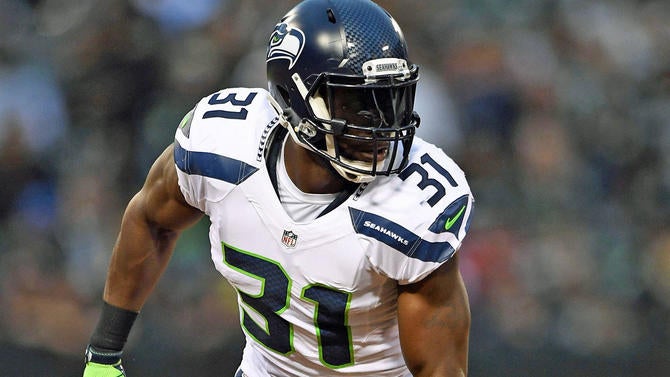
9. Tight end temerity
It’s hard to make sense of the developments at tight end.
Martellus Bennett was clearly the best available at the position but didn’t land the richest free-agent contract. Bennett’s three-year, $21 million deal is a tremendous value for the Packers. Only $6.3 million is guaranteed. He brings a dimension to Green Bay’s offense that has been missing since a neck injury forced Jermichael Finley to retire in 2014.
Jermaine Gresham, who caught 37 passes for 391 yards in 2016, returned to the Cardinals on a four-year, $28 million deal with $16.5 million in guarantees. Dion Sims fundamentally changed the market for tight ends known more for blocking than pass catching. He got $18 million over three years from the Bears with $10 million in guarantees. Before Sims’ deal, $3 million per year was considered a steep price for a blocking tight end. Thirty-three-year-old Vernon Davis took a three-year, $15 million deal with $7.5 million fully guaranteed to remain with the Redskins as a second tight end.

10. The closing of a playoff window
The Bengals’ five-year streak of playoff appearances came to an end in 2016. The loss of wide receivers Marvin Jones and Mohamed Sanu to the Lions and Falcons in free agency last year contributed to Cincinnati’s 6-9-1 record in 2016.
Right guard Kevin Zeitler and left tackle Andrew Whitworth were the only bright spots for an offensive line that gave up 41 sacks last season. Losing Zeitler and Whitworth to the Browns and Rams will likely be a bigger obstacle to overcome for the Bengals than the departures at wide receiver last offseason.
